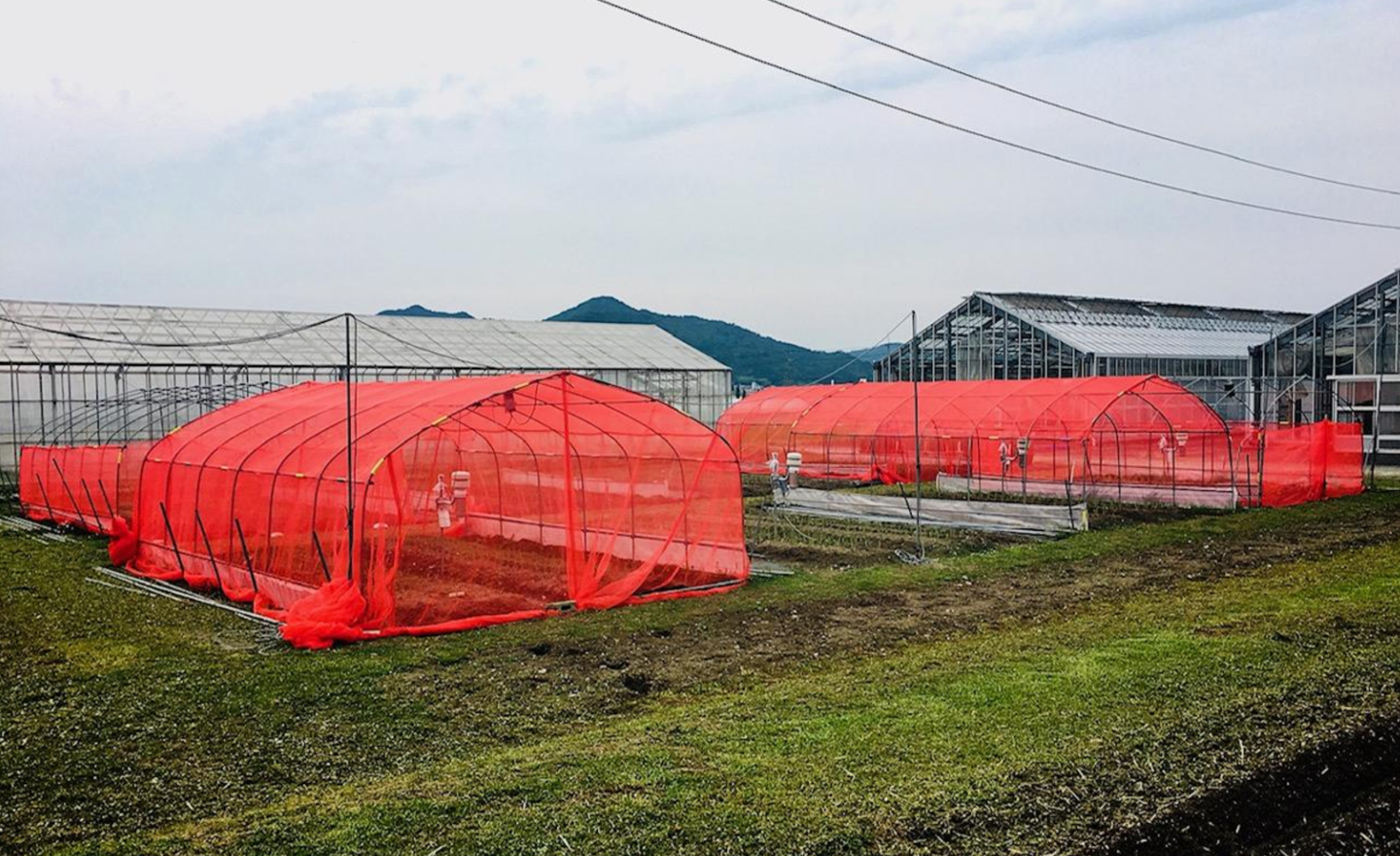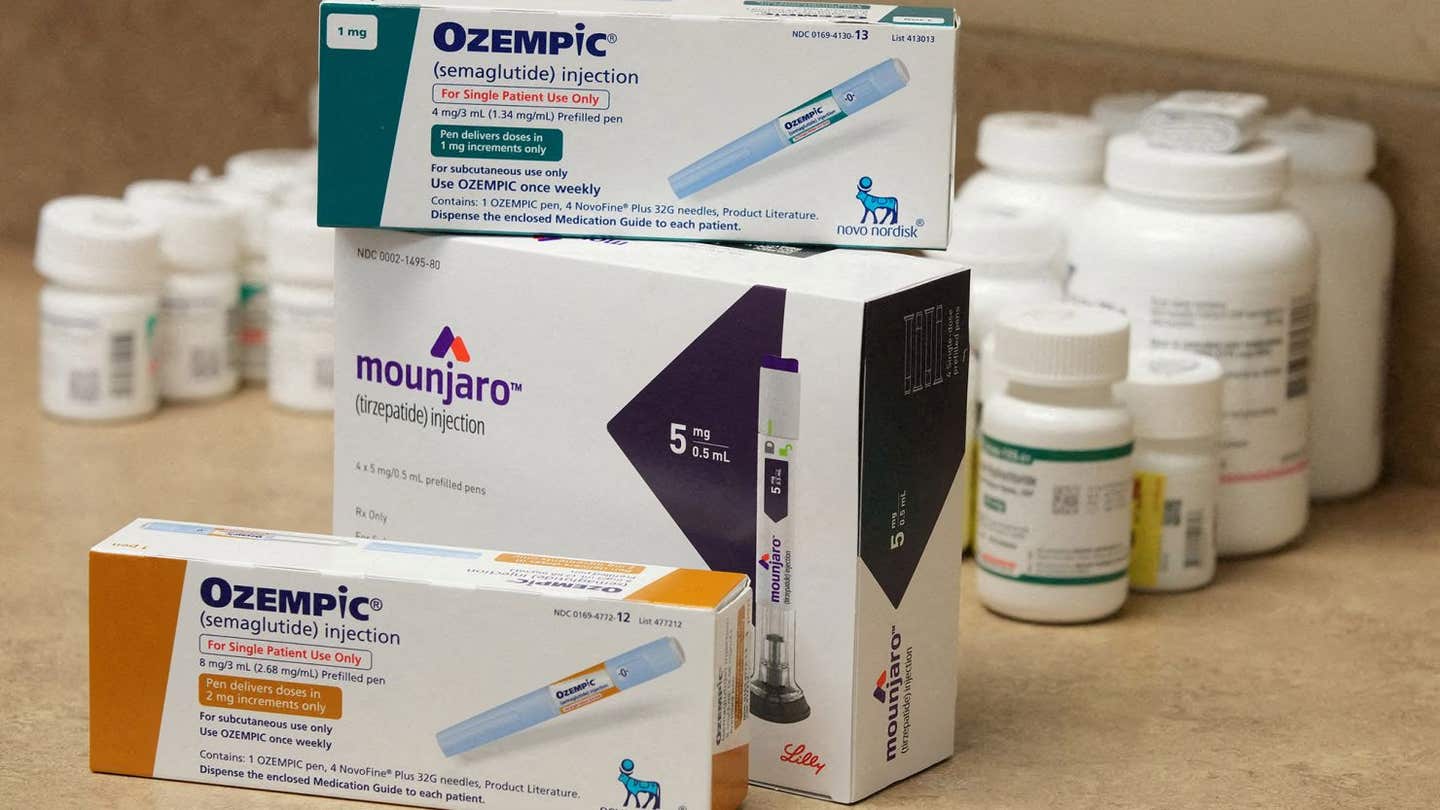Red nets revolutionize agriculture, reduce need for insecticides
A groundbreaking study suggests that red nets might offer superior protection against common agricultural pests.

A groundbreaking study suggests that red nets might offer superior protection against common agricultural pests. (CREDIT: 2024 Tokumaru et al./Scientific Reports)
A groundbreaking study suggests that red nets might offer superior protection against common agricultural pests compared to traditional black or white nets. Researchers conducted experiments to assess the efficacy of red, white, black, and combination-colored nets in deterring onion thrips from consuming Kujo leeks, also known as Welsh onions.
Both laboratory and field trials revealed that red nets were significantly more effective in repelling the insects than nets of other colors. Furthermore, field tests demonstrated that onion crops partially or fully covered by red netting required 25-50% less insecticide compared to uncovered fields.
This finding underscores the potential of switching from black or white nets to red ones as a means to reduce pesticide usage and mitigate its adverse environmental impacts, while promoting sustainable agricultural practices.
The onion thrips devastates a wide variety of important crops (including Welsh onions, cabbages, potatoes, melons, pumpkins, strawberries, cotton and more) by damaging their leaves and spreading disease. (CREDIT: 2024 Tokumaru et al./Scientific Reports)
In the realm of agriculture, insect pests pose a considerable challenge, wreaking havoc on gardens and crops alike. While synthetic insecticides have long been relied upon for pest control, their widespread use raises concerns about environmental contamination and the development of pesticide-resistant pests.
Agricultural nets represent an alternative method for crop protection and pesticide reduction. These nets, akin to mosquito nets shielding a bed, physically block insects from accessing crops.
While one might assume that the mesh size of these nets is the primary determinant of efficacy, a recent study suggests that net color may play an equally crucial role.
Related News
Professor Masami Shimoda from the University of Tokyo's Graduate School of Agricultural and Life Sciences elaborated on the concept of "optical pest control," highlighting the team's discovery regarding the role of color vision in insect behavior.
The research focused on the onion thrips, a notorious pest known for its resilience to insecticides and its detrimental effects on various crops worldwide. Experimenting with different color combinations and mesh sizes, the team found that nets containing red fibers consistently outperformed black or white nets in repelling onion thrips.
The study's findings were further corroborated in outdoor trials, where fully covered plots with red-netted enclosures required the least amount of insecticide and yielded onions of high commercial value.
Red–white, red-red, and red–black nets used in the experiment. Red–white netwoven with red polyethylene thread in warp and transparent polyethylene thread in weft; Red-red net—woven with red polyethylene thread in both the warp and weft; and Red–black net: woven with red polyethylene thread in warp and black polyethylene thread in weft. (CREDIT: 2024 Tokumaru et al./Scientific Reports)
In contrast, plots with partial coverage necessitated additional insecticide applications. Overall, the use of red nets resulted in a significant reduction in insecticide applications, ranging from 25% to 50% compared to uncovered plots.
Despite the initial costliness of red nets compared to pesticides, Professor Shimoda emphasized their long-term cost-effectiveness and efficacy in pest management. He envisioned the development of red nets that are indistinguishable to the human eye, thereby potentially reducing manufacturing costs while maintaining pest-repelling properties.
The reflectance spectra of nets used in the experiments. (CREDIT: 2024 Tokumaru et al./Scientific Reports)
Beyond pest control, red nets offer additional benefits such as improved breathability, reduced risk of fungal infections, and enhanced sunlight penetration. Moreover, better airflow within greenhouses equipped with red nets helps regulate temperatures, creating a more conducive environment for farming activities.
Looking ahead, Professor Shimoda expressed optimism regarding the widespread adoption of sustainable agricultural practices facilitated by solutions like red nets.
The effect of red insect nets on the density of Thrips tabaci per 20 Welsh onion plants in Trial 2. Columns denoted by different letters are significantly different at the 5% level by Steel–Dwass multiple comparison test performed at each survey date. (CREDIT: 2024 Tokumaru et al./Scientific Reports)
Drawing from his family's longstanding farming tradition, he emphasized the value of growing one's fruits and vegetables, underscoring the intrinsic rewards of fresh, homegrown produce despite the challenges posed by pests.
As consumer interest in sustainable agriculture grows, solutions like red nets hold promise for revolutionizing crop protection and reducing reliance on chemical pesticides, thereby fostering a more environmentally friendly and resilient agricultural ecosystem.
For more science news stories check out our New Discoveries section at The Brighter Side of News.
Note: Materials provided above by the The Brighter Side of News. Content may be edited for style and length.
Like these kind of feel good stories? Get the Brighter Side of News' newsletter.
Joshua Shavit
Science & Technology Writer | AI and Robotics Reporter
Joshua Shavit is a Los Angeles-based science and technology writer with a passion for exploring the breakthroughs shaping the future. As a contributor to The Brighter Side of News, he focuses on positive and transformative advancements in AI, technology, physics, engineering, robotics and space science. Joshua is currently working towards a Bachelor of Science in Business Administration at the University of California, Berkeley. He combines his academic background with a talent for storytelling, making complex scientific discoveries engaging and accessible. His work highlights the innovators behind the ideas, bringing readers closer to the people driving progress.



